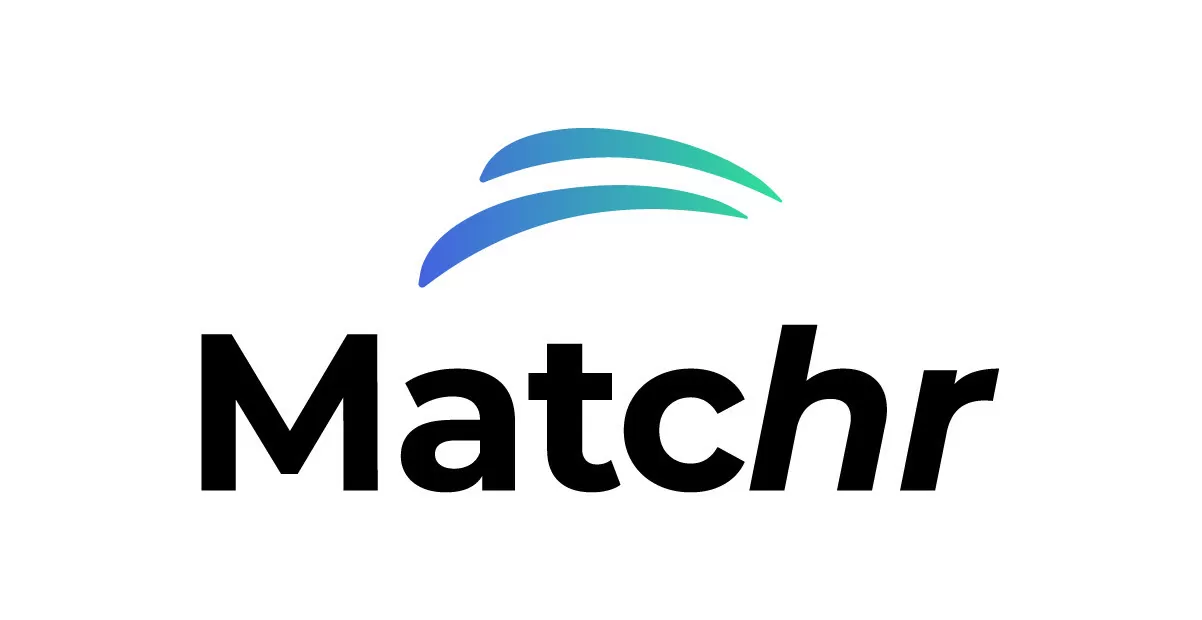Workplace diversity is an important topic that has graced headlines for several years now. Applicants and customers alike want to see companies embrace a variety of cultures, employ and work with people of different backgrounds, and be more inclusive in their policies and practices. Everyone is different, so having a culture that embraces diversity works to everyone’s benefit.
What Is Workplace Diversity?
Workplace diversity is when a company actively hires a wide range of diverse people. Diverse hiring practices include bringing in employees of all genders, races, ethnicities, ages, sexual orientations, languages, educations, backgrounds, etc.
Why Is It Important?
Everyone has different experiences, backgrounds, and knowledge that they bring to the table in a work environment. Bringing those differences together helps create a blended, thriving workplace where all employees are accepted and welcomed.
Benefits of Diversity in the Workplace
There are many benefits of having diversity in the workplace but they can be broken down into a few main features.
Improved Performance
Companies that promote a diverse workforce and equal hiring practices have seen an increase in company productivity overall. In a study where companies balanced management positions equally between men and women, the following results were found:
- A company with women in half of all senior management positions saw a 10% higher cash flow return on investments
- Gender-diverse leadership teams were more likely to outperform on profitability (21%) and value creation (27%)
- Higher levels of diversity in management positions contribute to increased revenue from new products and services
Different Perspectives
Employees with different backgrounds and experiences help bring different perspectives to the job market. With a diverse workforce, people can bring a variety of backgrounds, cultures, and nationalities into the company and try different approaches to reach new solutions.
Increased Creativity
Just as diversity brings different perspectives, it also increases creativity in the workplace. Our worldviews, our upbringing, and our backgrounds all affect the way we look at any given situation. With more diversity in the workplace, people can draw from their own knowledge and experience to creatively tackle any issue in the company.
Raise Brand Image
Companies that actively pursue diverse hiring practices attract top industry talent during the hiring process. Employees want to work for companies that celebrate diversity and inclusiveness and these businesses are seen in a better light in their industry.
Additionally, other companies that also value diversity are more likely to want to work with you because you share similar values.
Reach a Larger Audience
Imagine you are trying to break into an international market but don’t speak the native language. If you’ve hired diverse employees that have experience with that market or speak the language, you’ll have a greater chance of closing the deal.
Cultural experience also plays an important role in workplace diversity. You can reach larger customer audiences if you have someone who understands how to effectively market to your clientele.
How to Create Workplace Diversity
While you may desire a diverse workplace and feel that your company is inclusive, however, some practices and policies may be hurting your cause. Make sure that the following factors are making your company more, not less, inclusive.
Parental Leave Policies
Parental leave policies can encourage parents-to-be to work for your organization and can ease the stress load for some of your top talent. Even the language used in your leave policies is an important consideration when it comes to diversity, however. Specifying “primary caregiver” and “secondary caregiver” instead of “mother” and “father” can make parental leave policies more inclusive for same-sex couples and families with different structures.
Work Schedules
Most workers schedule their lives around their work schedules but certain obligations must take priority. Religious holidays and traditions, child care, medical appointments, and other important events may require workers to seek a certain work schedule or request time off. By accommodating requests and scheduling with compassion, you may improve diversity while reducing turnover and attracting talent in search of this type of accommodation.
Hiring Practices
The EEOC dictates that employers can’t discriminate against certain protected classes, which helps with diversity in some ways. However, if you are requiring your hiring managers to meet quotas, you may actually be discouraging diversity by encouraging them to hire for race or background as opposed to qualifications.
Institute hiring policies that truly help to diversify your candidate pool and operate on selecting the best candidate in ways that remove biases. Use scorecards and filters so that candidates are being evaluated on measurable merits.
Dress Codes
Dress codes, facial hair policies, tattoo and piercing policies, and hairstyle policies can all have an impact on the diversity of your workplace. Some of your most creative and enthusiastic talents may turn out to be employees that choose to step outside of societal norms when it comes to styles or that choose to follow religious guidelines. By relaxing dress code policies that aren’t actually necessary, you may find your company becoming more diverse.
Lunches and Foods Perks
Food choices and dietary needs may vary between workers of different religions and lifestyles so it’s important to be sensitive to a wide range of needs. Your employees will all have to eat so making sure that they have access to lunches and snacks that fit with their needs and traditions may encourage a broader range of employees to apply to or stay with your company. If there isn’t a wide selection of restaurants nearby, consider supplying snacks that cater to a wide range of needs and tastes.
Company Outings and Picnics
Company outings and picnics can be difficult to plan. Everyone has different interests, schedules, and food preferences so picking one place, time, and type of event that makes everyone happy can be a tough task. Seeking input from all workers before beginning to plan can help to ensure that your company outings and picnics cater to your diverse workforce.
Host Cultural Events
Spreading cultural awareness and understanding is a great way to celebrate and acknowledge diversity in the workplace. If you have employees from different cultures or countries, consider helping them plan a lunch or activity that introduces their culture to the rest of the team.
If you choose to celebrate cultural holidays such as Chinese New Year, make sure that you allow Chinese employees to take the lead in planning the event. This ensures that the celebration is respectful and representative of the actual culture. Cultural events are a great way to promote diversity in the workplace.
How to Manage Diversity and Follow Up
Diversity in the workplace is extremely important and beneficial to every company and employee in every industry. To manage diversity within your own company, follow these simple tips.
- Don’t treat diversity as a buzzword — Avoid touting your company’s diversity without putting policies and actions in place. Diversity is a daily endeavor, not a one-time goal.
- Be proactive about making diversity a company-wide goal — Be willing to change policies that promote or sustain inequality.
- Welcome differences and enforce respect — With unique perspectives and different cultures creating a wonderful melting pot of diversity in the workplace, it is vital to be welcoming and accepting of every individual employee. Additionally, you should enforce, and emulate, respect for everyone’s differences to truly promote diversity.
Follow these tips and commit to maintaining — and celebrating — diversity in the workplace. Do a company follow-up every quarter or sooner to ensure that you are promoting and improving all aspects of diversity within your company.












